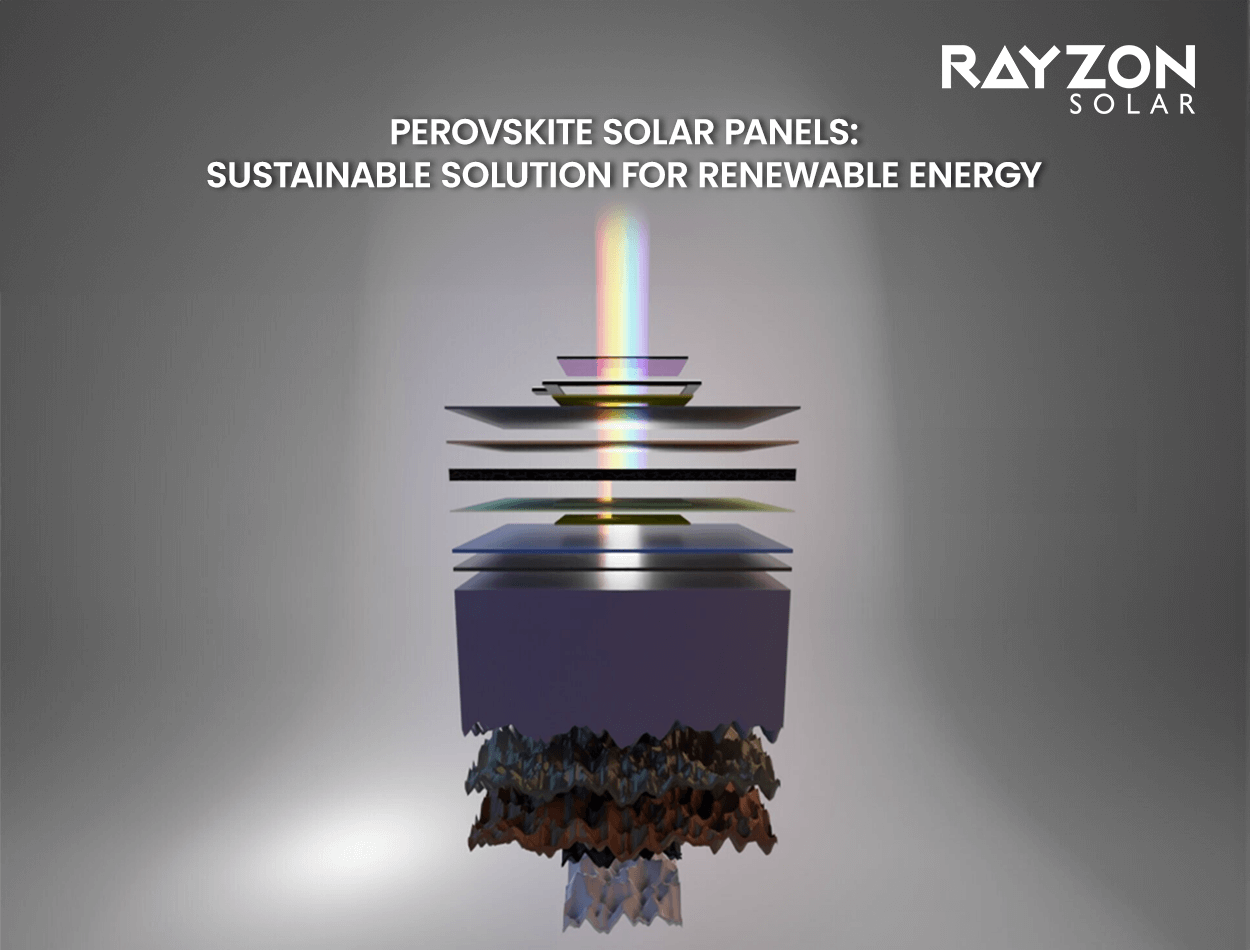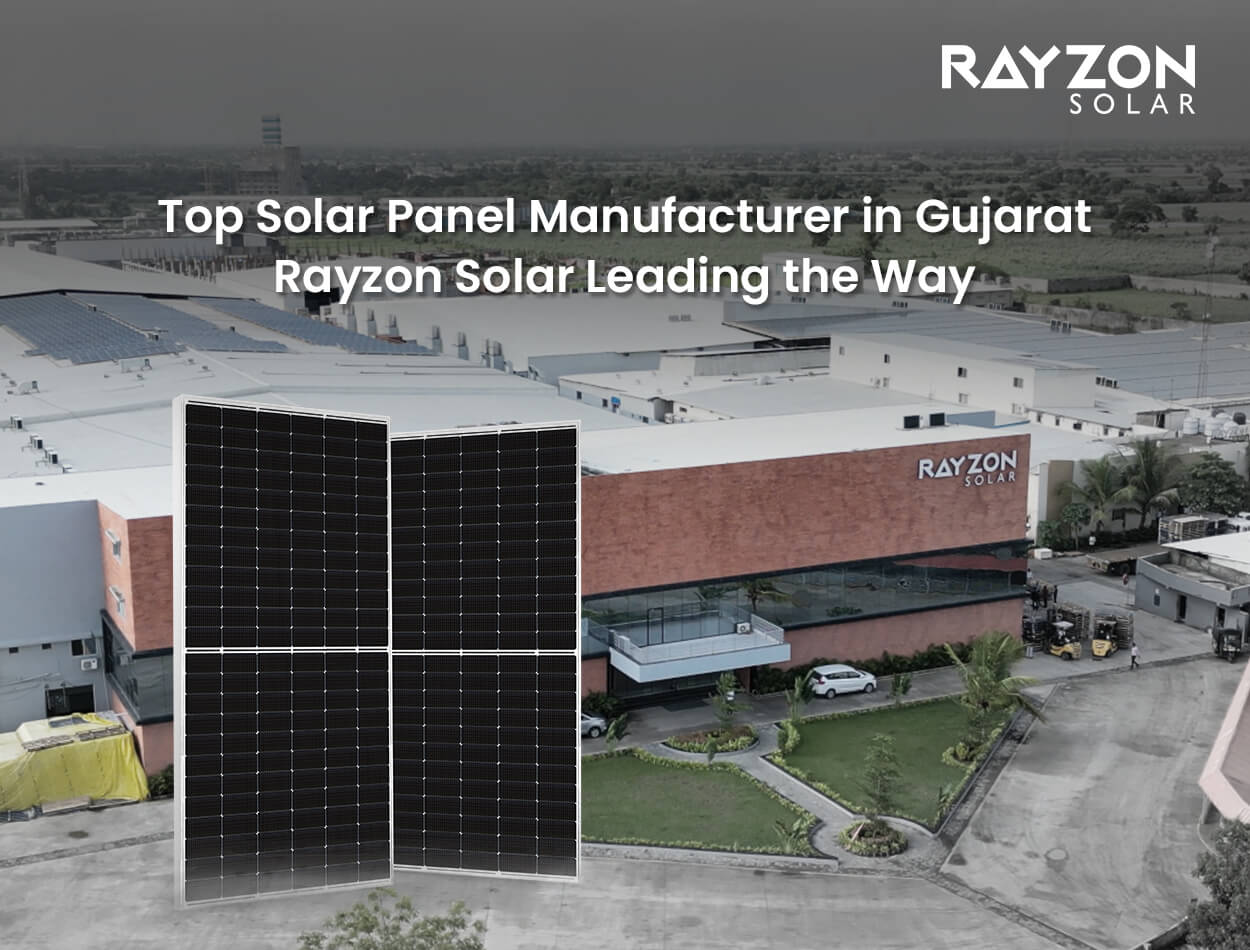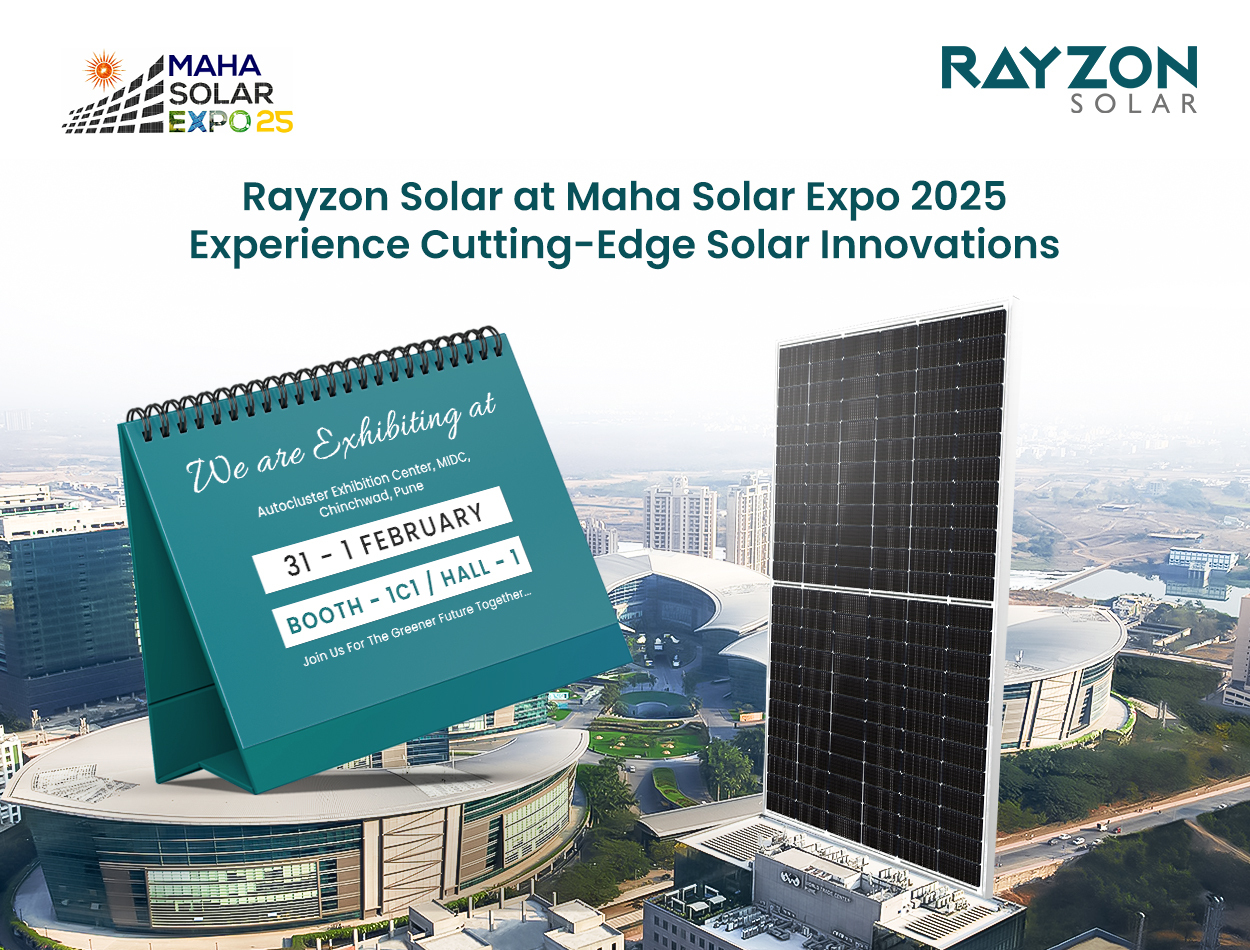
Perovskite Solar Panels: Sustainable Solution for Renewable Energy
Perovskite solar cells represent a cutting-edge photovoltaic technology that is lightweight and flexible, with exceptional performance and significant advancements in recent years. These cells serve as efficient light absobers, capable of harnessing a broad spectrum of light wavelengths to convert solar energy into electricity, making them ideal for various construction applications. The integration of perovskite solar cells with silica in a tandem cell configuration has shown promise. Despite a primary challenge posed by the presence of the hazardous element lead (Pb) in perovskite solar panels, their advantages outweigh those of commercialized silica and other organic or inorganic solar energy technologies. Perovskite solar cells boast high efficiency and cost-effective production processes and materials. Notably, in 2020, solar cells utilizing metal bromide polycrystalline achieved an impressive energy conversion efficiency of 25%.
To delve into the significance of this flexibility and its implications for perovskite module behavior, let's first explore the historical background and fundamental nature of perovskite solar cells.
Perovskite History
The origins of perovskite solar cells can be traced back to 1839 when German scientist Gustav Rose discovered a calcium titanate-based mineral, naming it "perovskite" in honor of Russian mineralogist Lev von Perovski. Perovskite solar cells emerged as a new class of renewable energy technology, gaining rapid advancements since their initial incorporation into a solar cell in 2009. The first perovskite solar cell, based on a dye-sensitized solar cell architecture, achieved a modest power conversion efficiency (PCE) of 3.8% with a thin perovskite layer on mesoporous TiO2 as an electron collector.
A significant breakthrough occurred in 2012 when researchers from the University of Oxford demonstrated that perovskite remained stable when in contact with a solid-state hole transporter like spiro-OMeTAD, eliminating the need for the mesoporous TiO2 layer to transport electrons. This advancement led to efficiencies of nearly 10% using the sensitized TiO2 architecture with the solid-state hole transporter. Subsequent years saw the introduction of new deposition techniques and higher efficiencies, culminating in an impressive efficiency of 25.7% in 2021 and a record-breaking efficiency of 29.8% in 2021 for a single-junction perovskite solar cell.
About Rayzon Solar
Rayzon Solar, a top solar panel manufacturer, is at the forefront of the solar industry with its innovative approach to renewable energy solutions. Among their cutting-edge products, perovskite solar panels stand out due to their exceptional performance and flexibility. These panels efficiently convert a wide spectrum of light wavelengths into electricity, making them ideal for diverse applications, including building-integrated photovoltaics. By integrating perovskite cells with silica in a tandem configuration, Rayzon Solar achieves remarkable energy conversion efficiencies, surpassing traditional silicon-based panels. Despite challenges, such as the presence of lead, the company's advancements in perovskite technology underscore its commitment to sustainable and cost-effective energy solutions.
As the best solar company in the solar industry, Rayzon Solar leverages the benefits of perovskite solar panels to drive the future of renewable energy. The high efficiency and lightweight nature of perovskite cells enable versatile applications, ranging from flexible panels to portable solar solutions. Rayzon Solar's focus on research and development ensures continuous improvements in stability and efficiency, addressing key challenges in commercialization. With a vision to make solar energy more accessible and efficient, Rayzon Solar's innovative perovskite solar panels are poised to revolutionize the market, providing a sustainable and scalable solution for global energy needs.
What Are Perovskites?
Perovskite, a mineral primarily composed of calcium titanate (CaTiO3), is a key component of perovskite solar cells. The term "perovskite" is broadly used to describe compounds with the structure ABX3, where A is a metal with an oxidation state 2+, B is a metal with an oxidation state 4+, and X is a non-metal, typically oxygen, with oxidation state 2-. Perovskite's crystal structure is a cubic unit cell with titanium atoms at the corners, oxygen atoms at the midpoints of the edges, and a central metal atom.
Perovskites exhibit a range of intriguing properties, including superconductivity, giant magnetoresistance, spin-dependent transport, and catalytic properties. Successful integration of perovskites into solid-state solar cells began in 2012, and most cells have employed a combination of materials following the ABX3 perovskite structure. The majority of efficient perovskites are based on lead (Group IV) metal halides, offering strong absorption in the visible regime, long charge-carrier diffusion lengths, a tunable band gap, and ease of manufacture due to high defect tolerance and low-temperature processing.
The Future of Perovskites
Perovskite solar cells have made remarkable progress, advancing from about 3% efficiency in 2009 to over 25% today. However, several challenges need to be addressed before they can become a competitive commercial technology. Future research on perovskites is likely to focus on reducing recombination through strategies such as passivation and defect reduction, as well as enhancing efficiency by incorporating 2D perovskites and optimizing interface materials. Charge-extraction layers are expected to transition from organic to inorganic materials to improve efficiency and stability.
Efforts to enhance stability and reduce the environmental impact of lead remain significant areas of interest. While standalone perovskite solar cells face challenges in fabrication and stability for commercialization, their integration into tandem c-Si/perovskite cells has shown rapid progress, achieving efficiencies exceeding 25%.
Perovskites are expected to enter the photovoltaic market primarily through this tandem structure. Beyond solar applications, perovskites hold substantial potential for use in other areas such as light-emitting diodes and resistive memories. Despite progress in understanding the stability and degradation of perovskite solar cells, their limited operational lifetimes currently hinder commercial viability.
Improving cell durability is crucial for the development of commercial perovskite solar products. Large-scale manufacturing of uniform, high-performance perovskite material poses a significant challenge, with notable differences between small-area cell efficiency and large-area module efficiency. Setting targets for efficiency, stability, and replicability of perovskite PV devices will guide research, aligning directions and goals to accelerate technical and commercial development and mitigate risks associated with perovskite technologies.
Perovskite Solar Cell Advantages
Perovskite solar cells strive to enhance solar energy efficiency while reducing costs. They hold significant promise due to potential high efficiency, lower material costs, and simplified processing. Notably, they outperform traditional solar technology by efficiently responding to various light wavelengths, maximizing sunlight conversion into electricity.
Moreover, perovskite PVs offer advantages such as flexibility, semi-transparency, customized form factors, and lightweight properties, expanding their potential applications in the realm of solar cells. However, despite these advantages, the commercialization of perovskite solar cell technology is in its early stages, facing several challenges.
Obstacles include high costs, particularly due to the prevalent use of gold as the common electrode material. Additionally, cheaper perovskite solar cells exhibit a short lifespan and are highly sensitive to moisture, necessitating costly encapsulation for protection. Scaling up poses difficulties, with reported high efficiency achieved in small cells, impractical for solar panel use. Toxicity concerns, particularly related to lead usage, and the resulting breakdown of products like PbI, further hinder widespread adoption. Researchers are actively exploring substitutes like tin to mitigate toxicity while aiming for efficiency improvements.
Fabrication and Measurement of Perovskite Solar Cells
Perovskite solar cells, despite their intricate crystallographic origins, integrate seamlessly into standard thin-film architectures like OPV. Initially based on solid-state dye-sensitized solar cells (DSSCs) using a mesoporous TiO2 scaffold, subsequent designs employed an Al2O3 scaffold or adopted a 'planar' architecture to mitigate high-temperature manufacturing steps and UV instability associated with TiO2. Planar perovskites have nearly matched mesoporous cells in efficiency after trailing for some years.
Typically, the perovskite film is processed either through vacuum or solution methods, with film quality being critical. Initially, vacuum-deposited films yielded superior devices, but advancements in solution-processed variants have now equaled vacuum-deposited cells in efficiency. The active layer in a perovskite solar cell is usually deposited through a one or two-step process. The challenge lies in achieving the ideal film thickness, as the perovskite layer requires several hundred nanometers, significantly thicker than standard organic photovoltaics. Film quality improvements have been pursued through various methods, including the addition of small amounts of acids or an excess of lead iodide precursor.
In practical device fabrication, perovskite solar cells encounter challenges related to film quality and thickness. However, significant strides have been made, achieving efficiencies exceeding 22% using solution-based processing techniques like spin coating and slot-die coating. These advancements highlight the potential for large-scale solution processing of perovskites, offering exciting possibilities in the realm of solar technology.
You Can Also Read This: Top 10 Solar Companies in India [2023-24]



